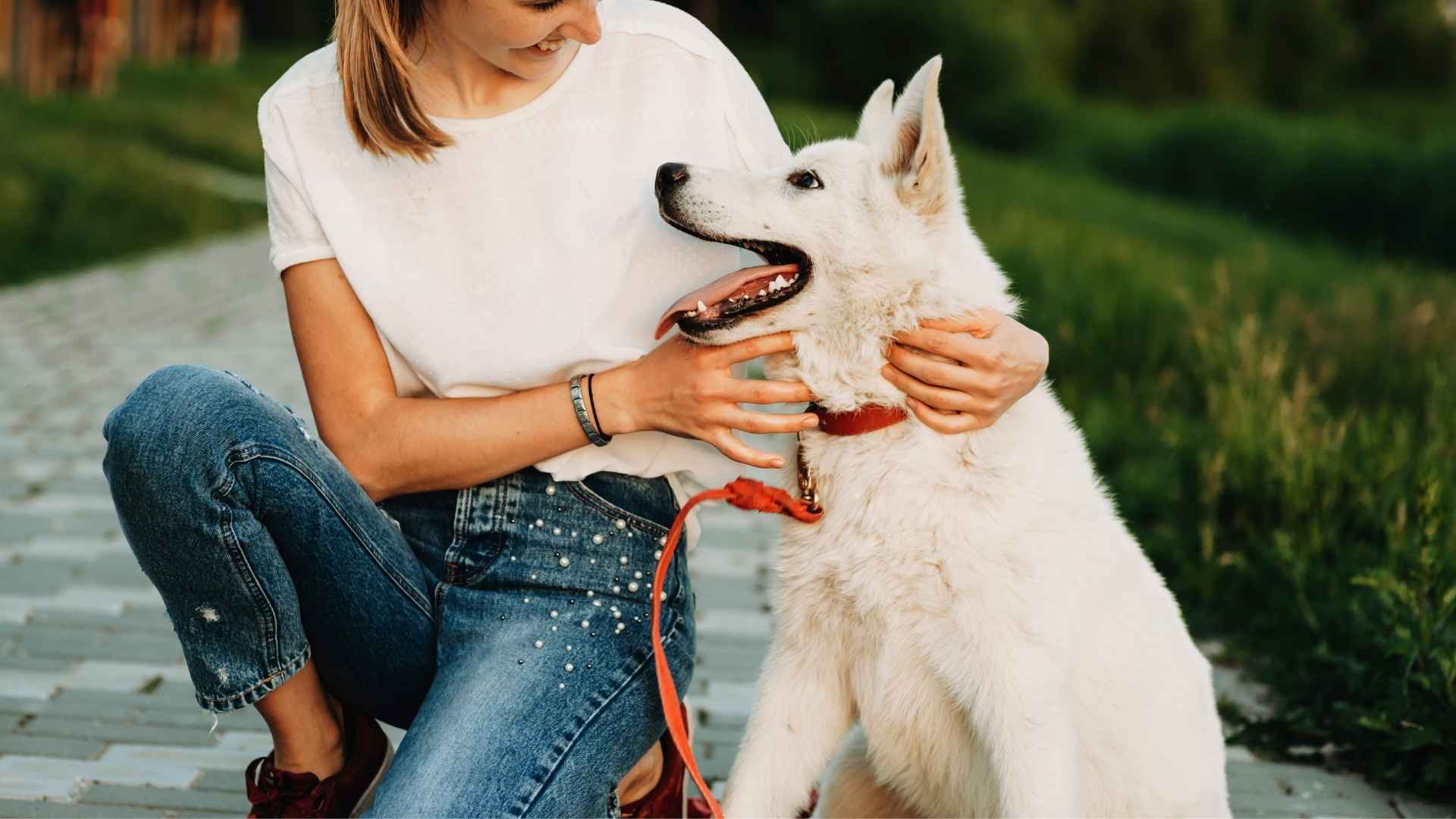Have you ever locked eyes with a dog and felt something shift, like they knew exactly what you were feeling? That moment of silent understanding isn’t random.
Some dogs use eye contact as their language of trust and love. It’s how they check in, how they say, “I’m here.” While many breeds glance and move on, some linger. They hold your gaze not to challenge you, but to be with you.
These dogs make relationships feel personal. If you’ve ever longed for a dog who seems to communicate without a word, you’re not imagining it—it starts with eye contact.
In this article, we’re exploring the breeds that are naturally drawn to those quiet, heart-filled stares. They’re the dogs that watch you with softness, follow your face, and never lose connection.
Dog Breeds That Love Making Eye Contact
1. Cavalier King Charles Spaniel
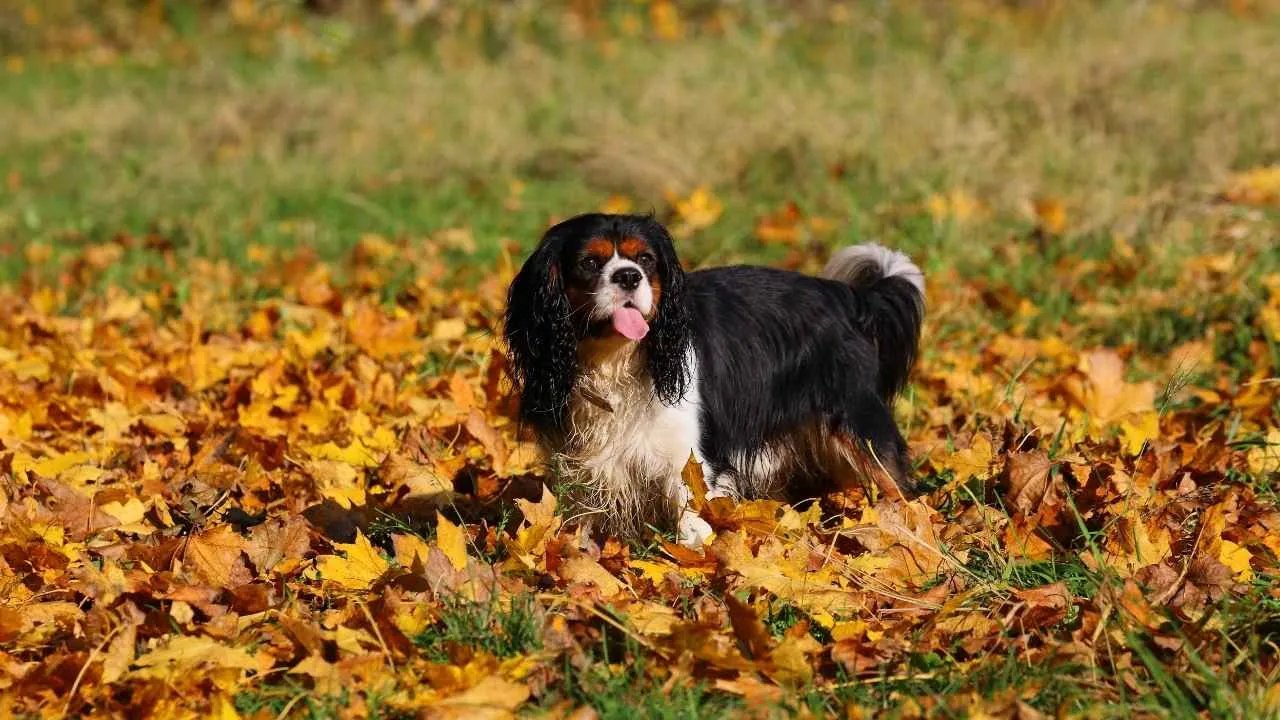
The Cavalier King Charles Spaniel has a wide-set gaze and expressive eyes, making human eye contact feel instinctive. They’re known to maintain soft, sustained looks that signal trust and openness.
Bred for Companionship, Not Tasks
Historically, they weren’t designed for guarding or herding but for emotional closeness. Selective breeding refined its focus on humans rather than their surroundings. Their tendency to form eye contact is deep-rooted and reinforced by centuries of indoor living.
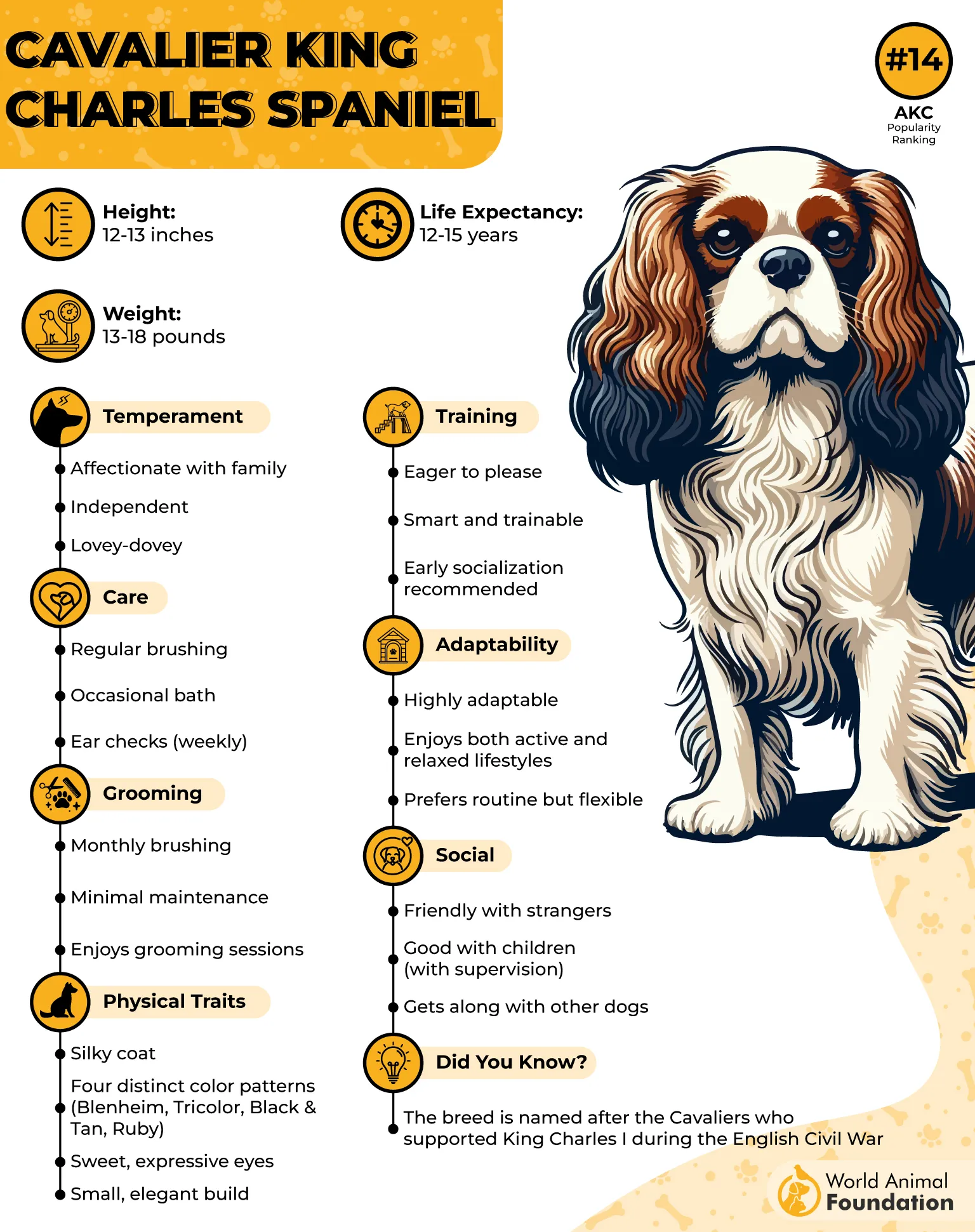
Soft-Tempered and Emotionally Responsive
This breed responds closely to tone, posture, and facial cues, especially during calm interactions. They adjust their behavior by watching your expressions, not just listening. That kind of observation deepens bonds without needing high energy.
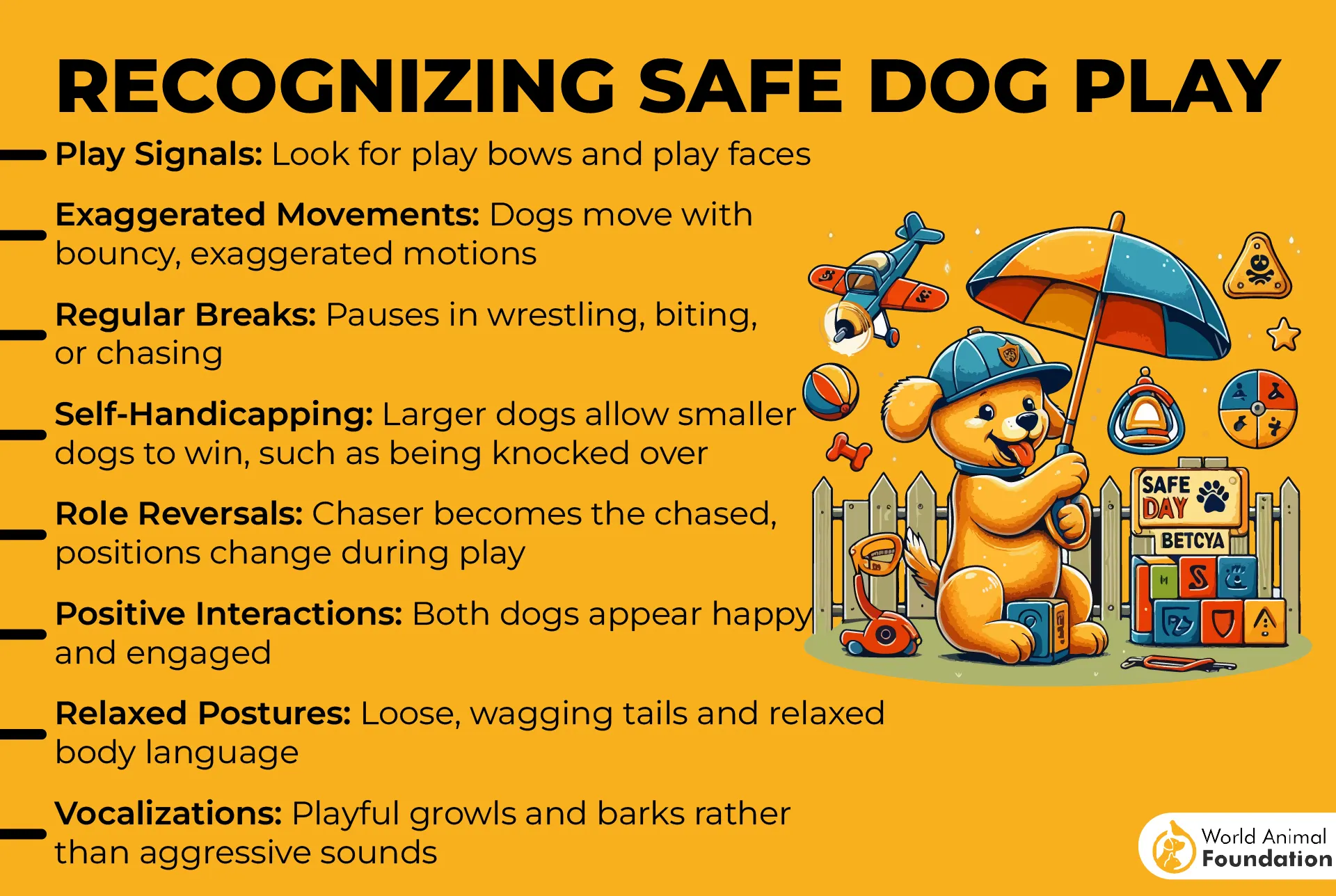
A Royal Favorite with a Lasting Trait
They were the only dog breed allowed in King Charles II’s royal chambers at all times, even in Parliament, as stated in PetMD. That historic closeness with humans shaped a breed that still prefers human eyes over distractions.
2. Siberian Husky
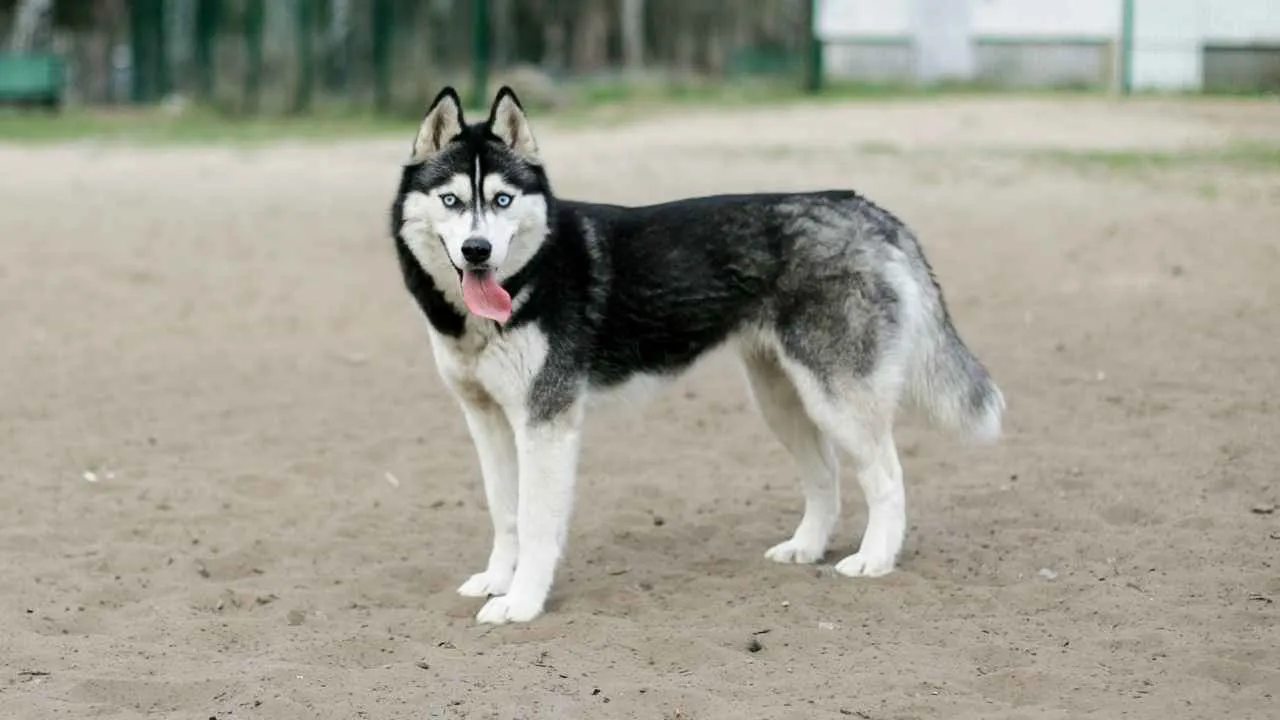
Siberian Huskies are known to hold steady eye contact with humans during focused tasks or communication. They don’t do it for affection alone — their look often signals anticipation or intention. This habit shows up most during training or team movement.
Wired for Interaction and Signal Reading
As natural working dogs, they’ve developed a strong instinct to read subtle cues. They monitor body shifts, hand movements, and facial expressions to respond correctly. This explains their ability to maintain eye contact with humans when given commands.
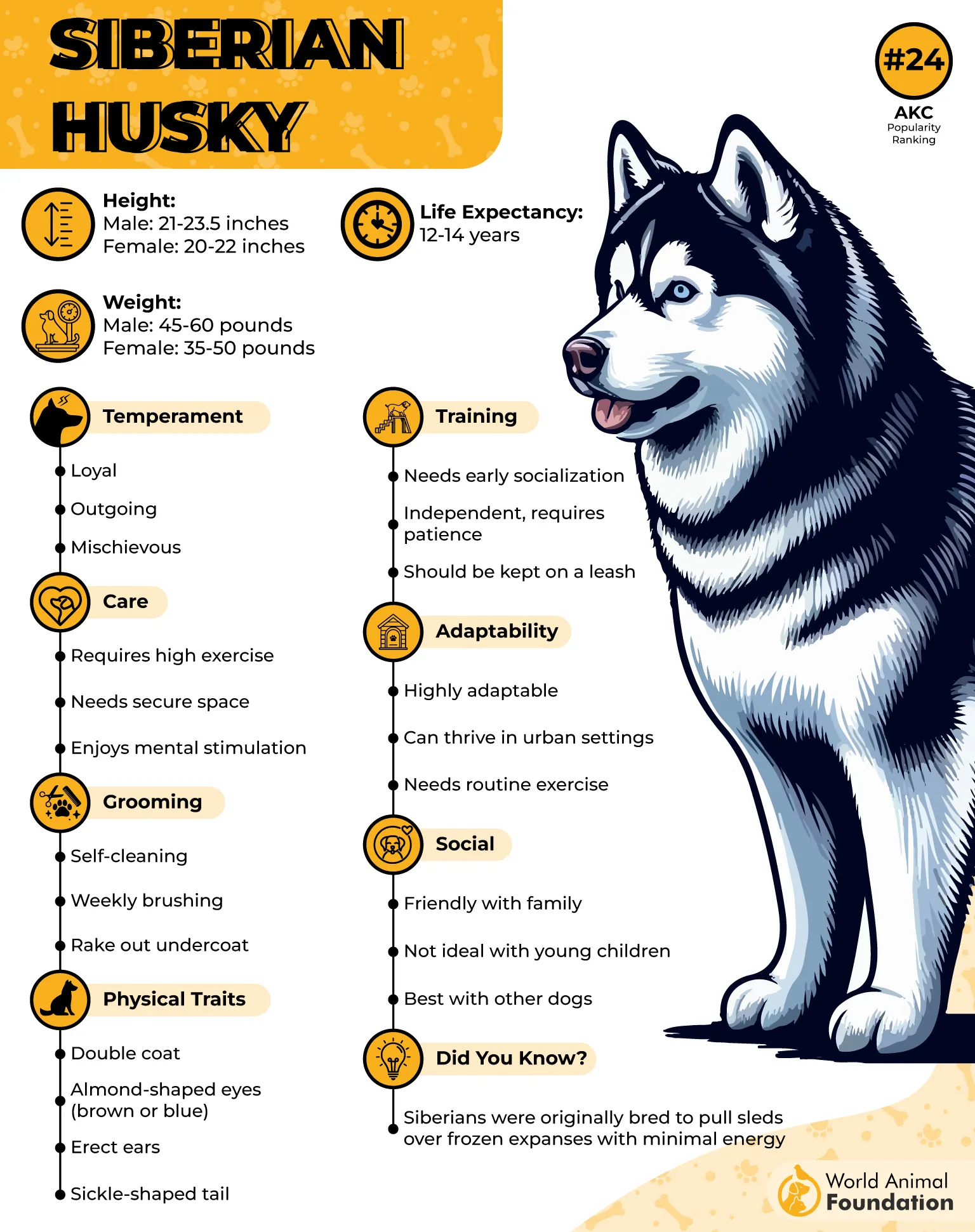
Independent Yet Communicative
According to Petplan, they have an independent streak, but that doesn’t limit their responsiveness. Huskies often initiate short bursts of eye contact to check in or assess reactions. That momentary gaze is intentional and part of their non-verbal toolkit.
Recognized for Team Awareness
Siberian Huskies are among the best-known sled dogs, prized for their coordination and awareness. Their tendency to make quick eye contact while running in harness is a learned behavior that reflects trust in both the musher and fellow team members.
3. Border Collie
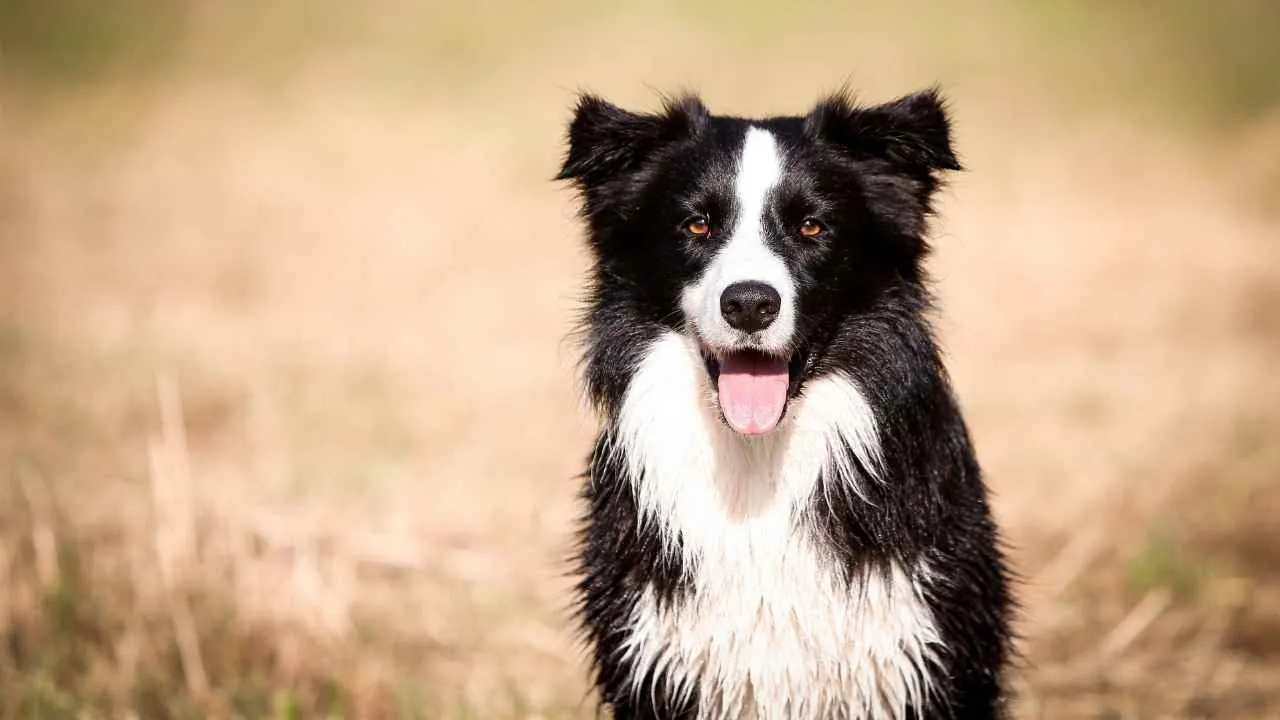
Border Collies are widely recognized for their steady, unwavering eye contact. Their gaze is sharp and calculating, allowing them to anticipate a person’s next move. This visual attention makes them quick to align with human behavior in real time.
Exceptional Response to Facial Signals
They’re one of the few breeds that consistently track facial features during interaction. A lifted eyebrow or a slight smile can guide their response. Their attentiveness to these micro-signals strengthens both training and companionship.
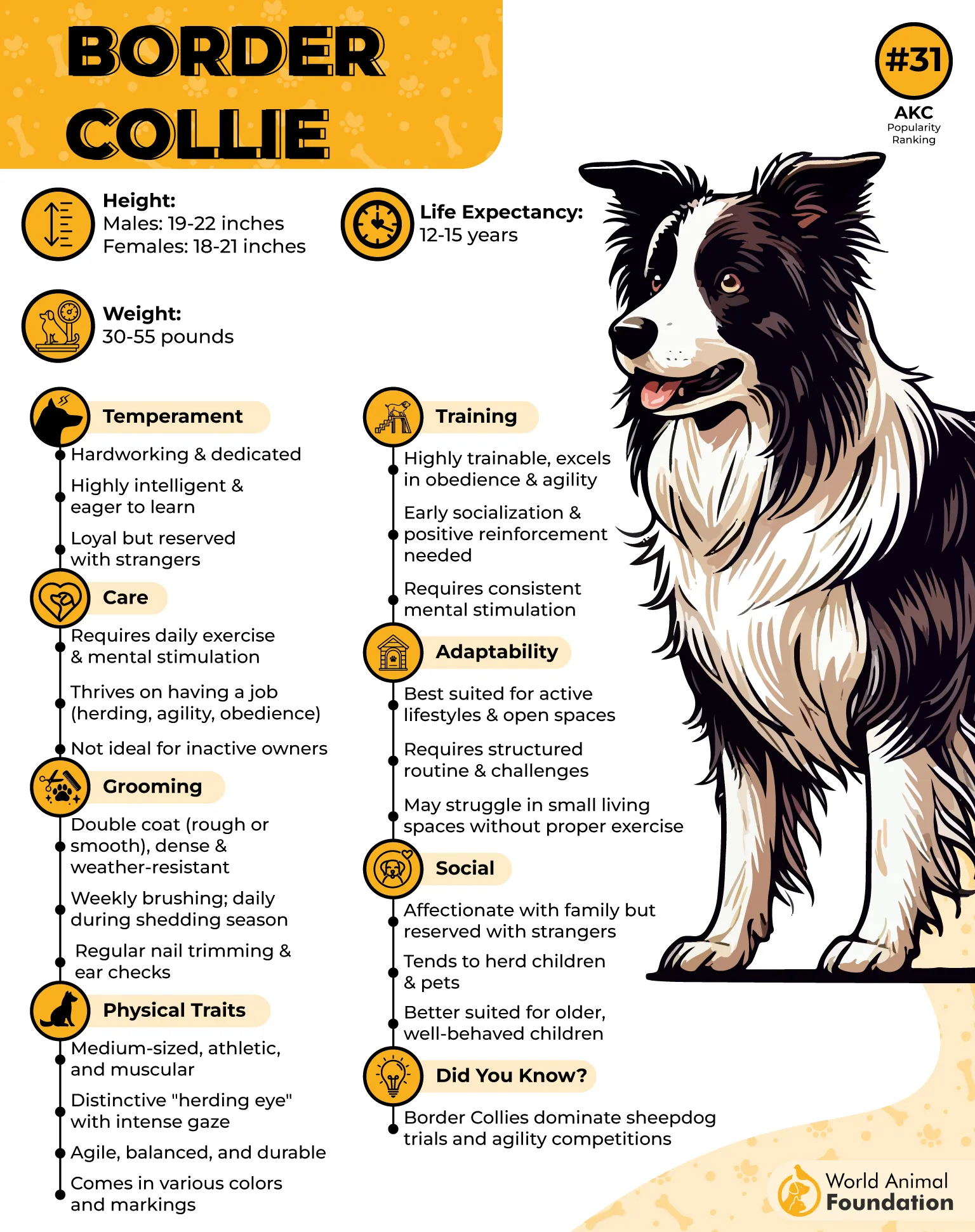
Naturally Follows Eye and Hand Direction
Whether indoors or in open space, Border Collies respond instinctively to eye movement. Their ability to read visual cues makes them excellent partners in coordinated tasks. This also builds a type of communication that doesn’t rely on constant commands.
Ideal Match for Observant Households
Border Collies often bond deeply with families that rely on nonverbal connections. Their awareness helps them sync with other dogs and children through observed behavior. Many consider them one of the best family dogs for highly engaged homes.
4. Papillon
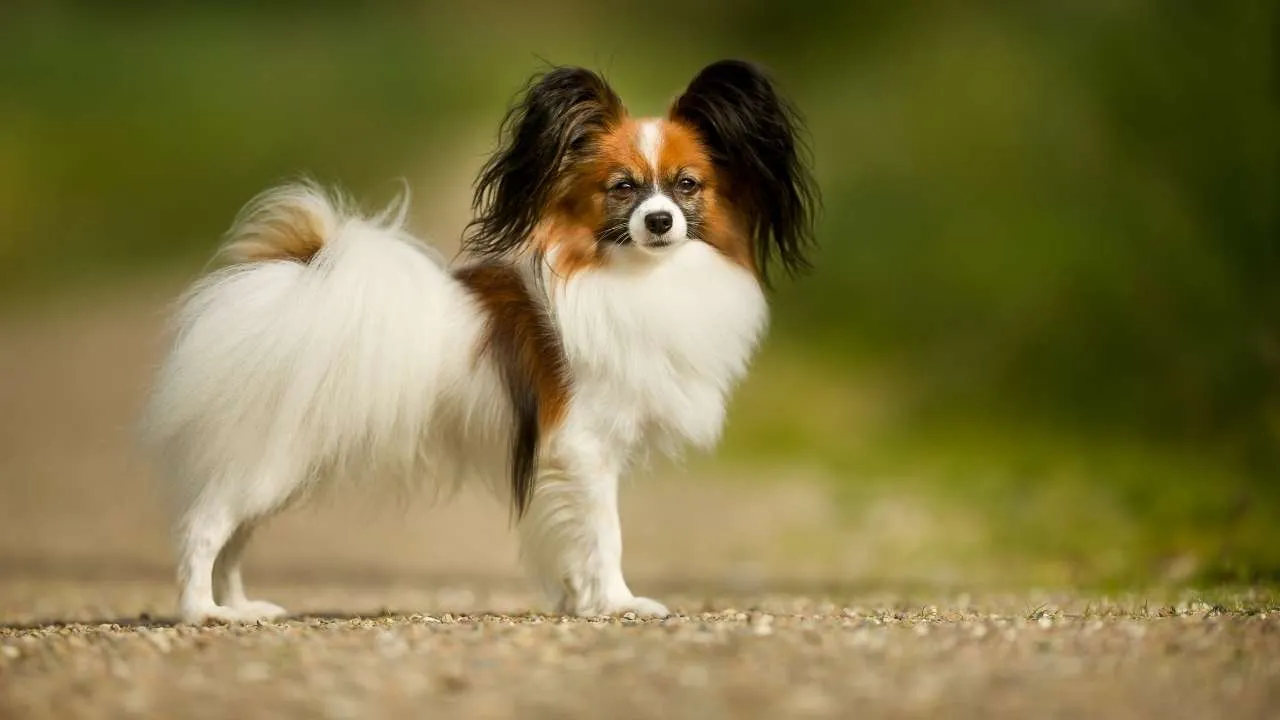
Papillons are highly tuned into human presence, often holding a steady gaze when being spoken to. Their upright ears and raised eyebrows give them a naturally responsive look. They rely on observing eye movement before reacting to commands or cues.
Responsive to Visual and Social Cues
This breed picks up emotional tone through subtle facial changes. They’re known for adjusting behavior in real-time by paying attention to their owner’s eyes and posture. That skill makes training easier and more personal.
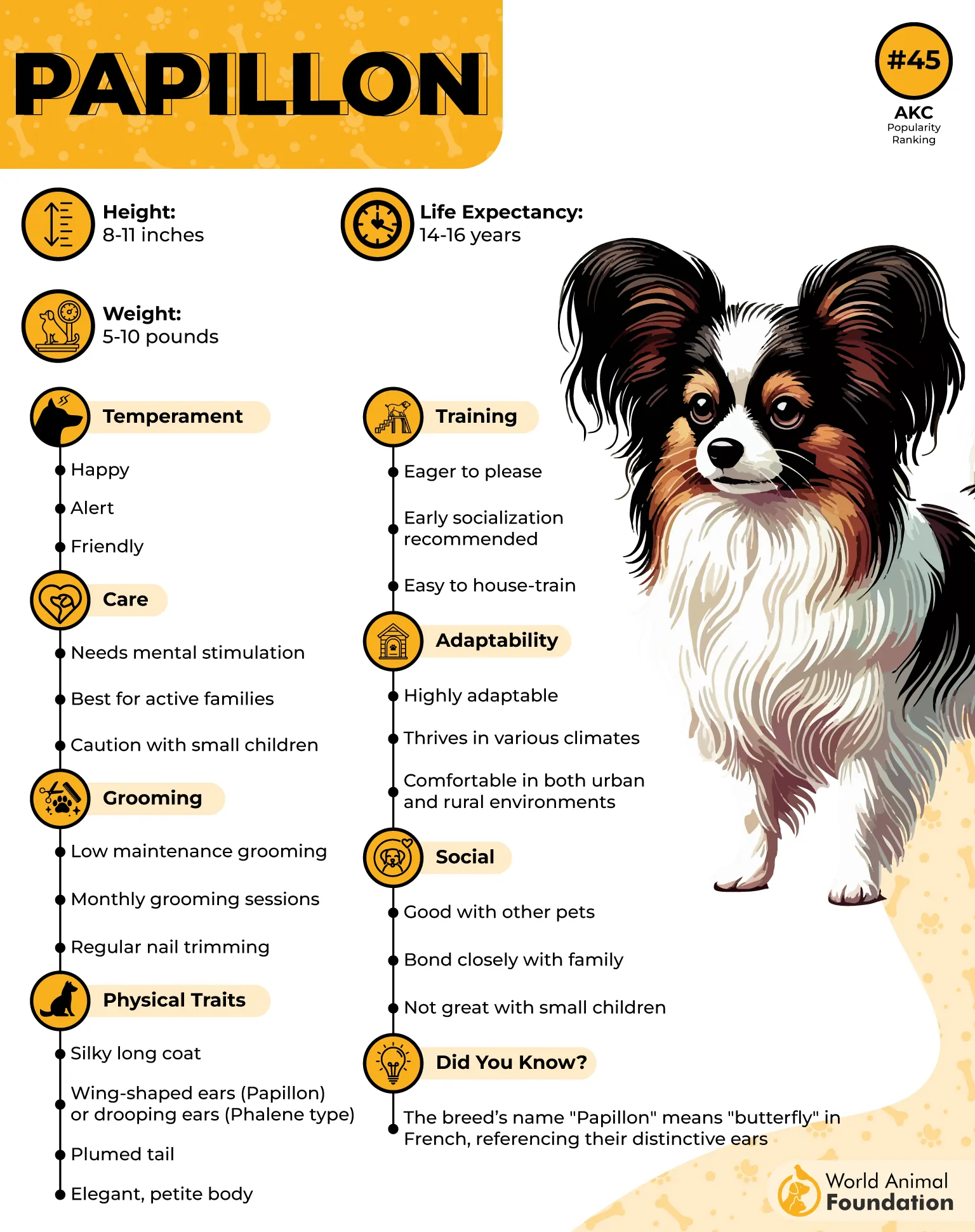
Bright, Curious, and Confident Movers
Their light body and confident stance allow them to remain aware without appearing anxious. Even in new settings, they watch their owners before reacting, which builds a secure feedback loop. Their focus is guided more by people than by sound.
One of the Lightest Toy Breeds That Maintains Focus
Weighing around 5 to 10 pounds, the Papillon stays balanced and alert without overstimulation. Their ability to maintain eye contact is helped by their energy distribution and other factors like minimal stress behaviors and strong memory.
5. Poodle
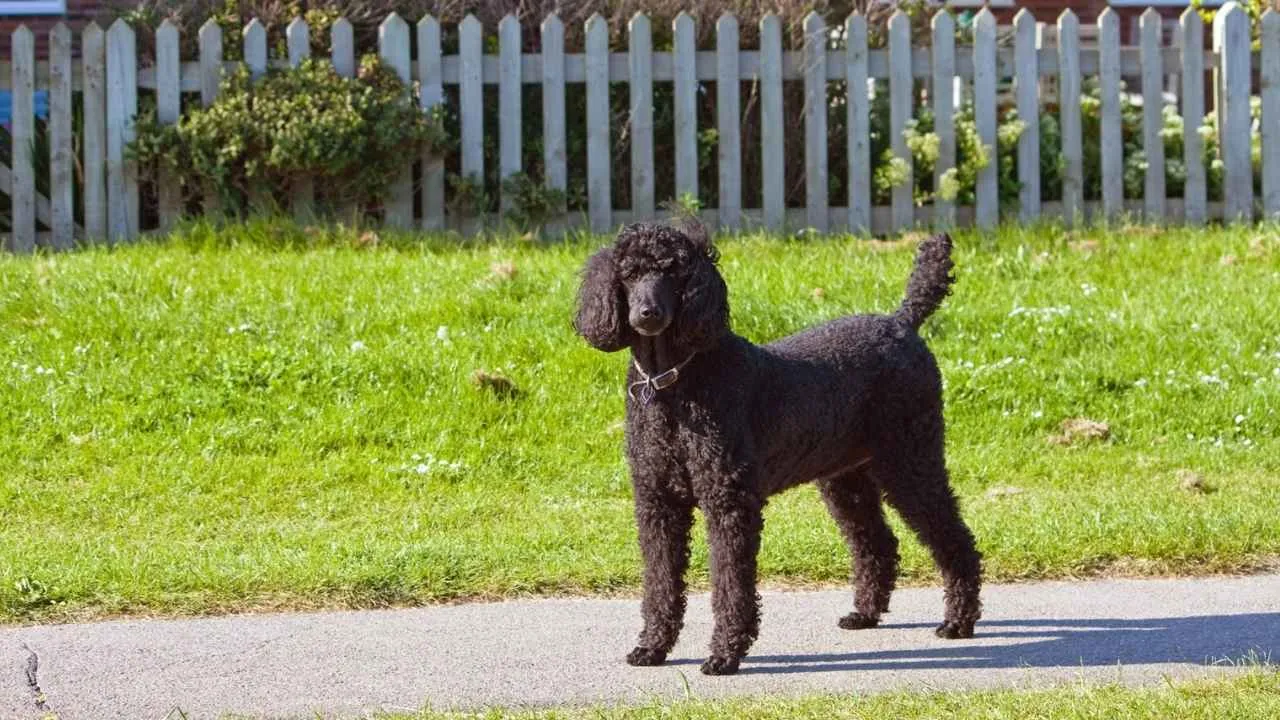
Poodles are known for holding eye contact calmly and without hesitation during interaction. They often stay visually engaged when listening to familiar voices or waiting for directions. This steady gaze is one of the first signs of their people-focused personality.
Emotionally Tuned to Their Environment
They quickly pick up on subtle changes in body language, especially during quiet moments. Their eye contact feels intentional, especially when they’re observing facial expressions. This sensitivity makes them especially responsive in gentle, indoor settings.
Visual Learning and Communication
Poodles are often guided with hand signals or soft expressions during training. Their ability to stay visually connected helps them follow non-verbal cues easily. This trait makes everyday communication more natural between the pet and its owner.
Often Gentle with Smaller Companions
Some Poodles adjust their approach when they’re near smaller animals or young puppies. Their expression softens, and their gaze becomes more careful. That kind of restraint shows a thoughtful side that appears in quiet social settings.
6. Golden Retriever
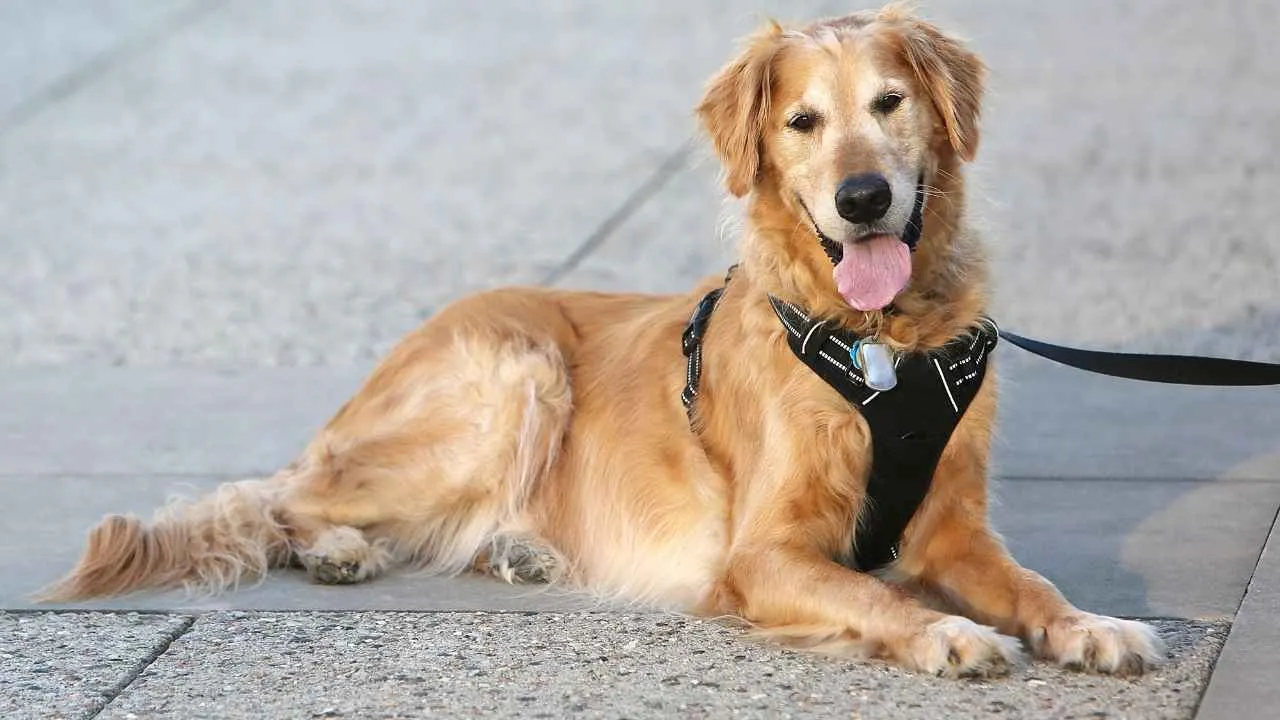
Golden Retrievers are known for their consistent, open-eye contact during interactions. Their expressions are calm, seeking connection and approval in day-to-day communication. This behavior helps them tune into human emotion with surprising sensitivity.
Facial Reading in Training and Play
Whether learning commands or simply playing fetch, they watch their handler’s face closely. They use small eye cues to understand timing, intention, and praise. This habit allows them to respond faster to unspoken communication.
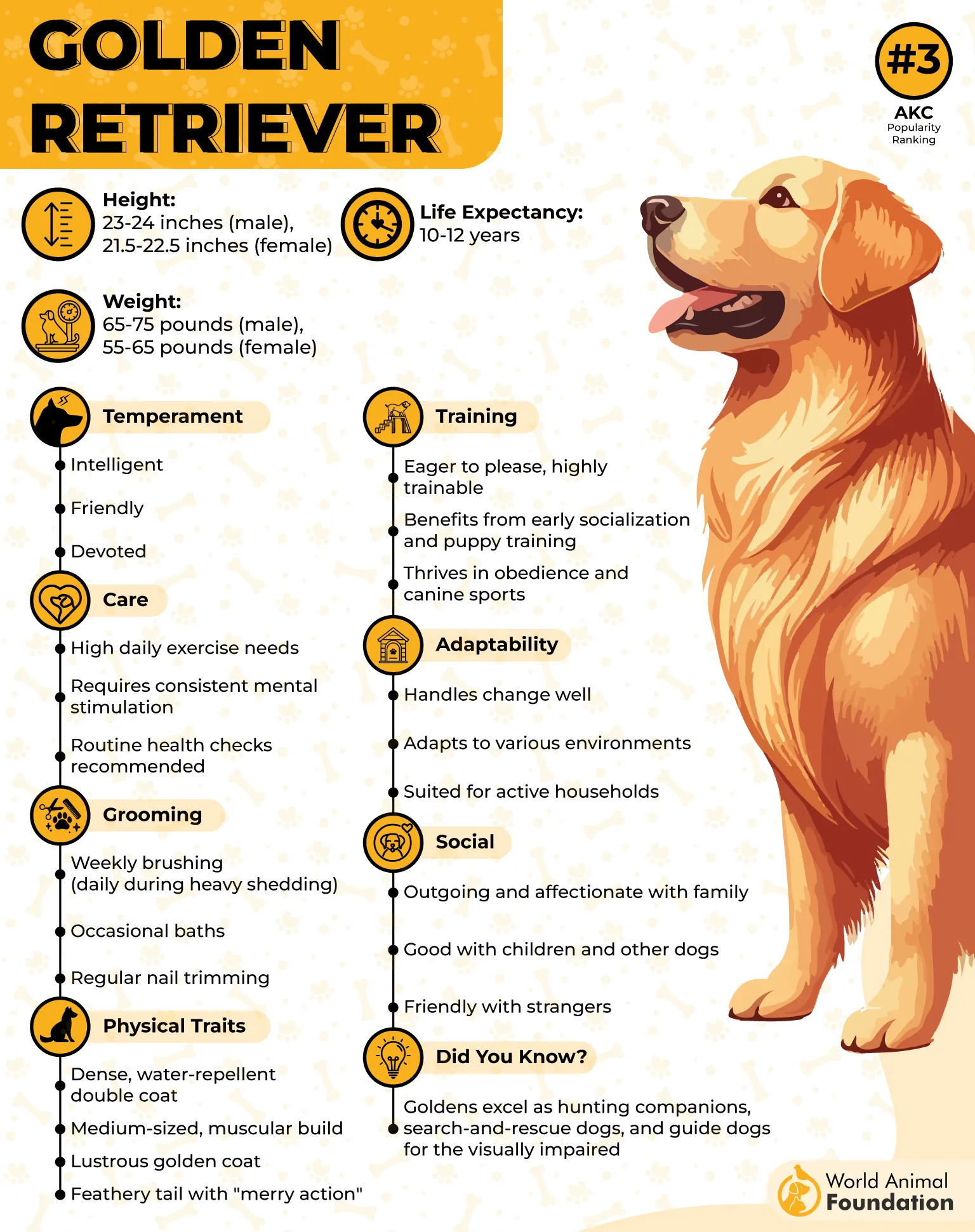
Calm Demeanor Encourages Connection
Because of their even temperament, Golden Retrievers rarely react impulsively to sudden movement. That steadiness helps maintain steady eye contact without feeling intrusive. Their gaze feels reassuring rather than intense, making people more comfortable.
Royal Family Favorite and Therapy Choice
They’ve long been trusted by professionals for therapy work due to their emotional attunement, as per Golden Retriever Puppies. Their ability to calmly hold eye contact plays a role in soothing both children and adults. This same quality is why some royal families have kept them as close companions.
7. Australian Shepherd
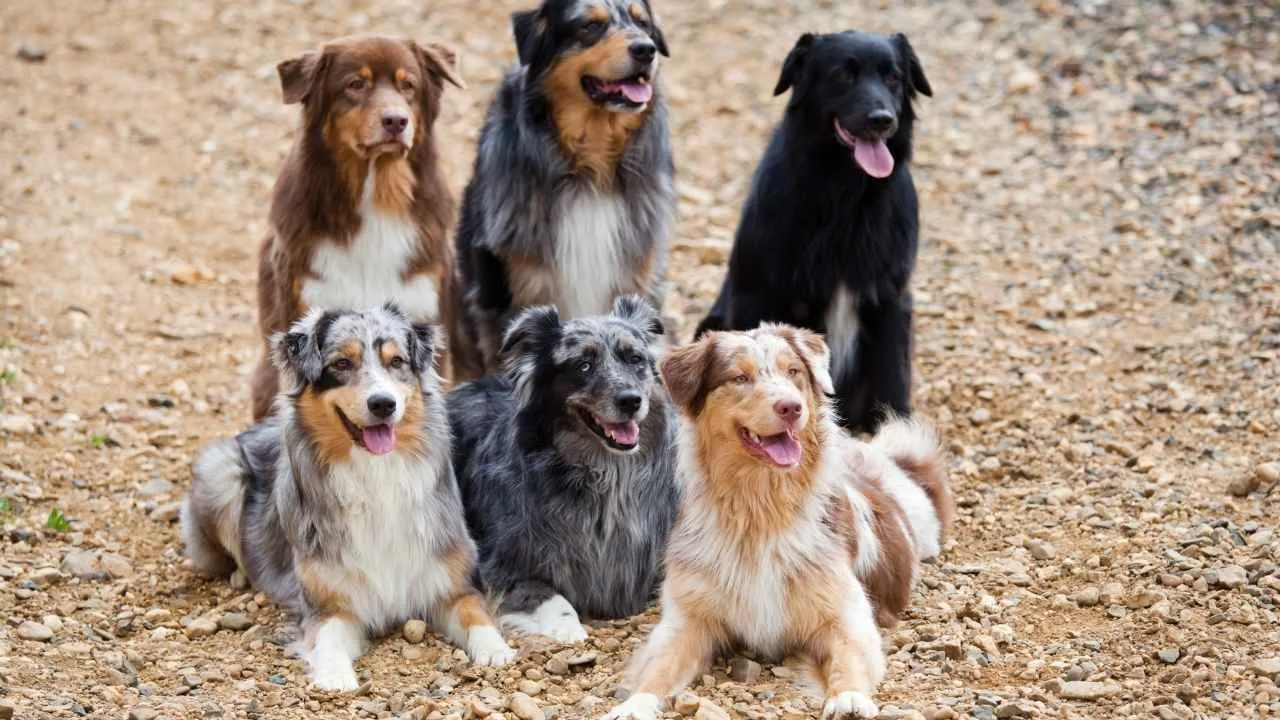
Australian Shepherds are known to fix their gaze on their handler’s face while awaiting direction. Their ability to hold prolonged eye contact isn’t accidental — it’s how they read micro-movements and anticipate cues. This trait makes them particularly communicative during tasks.
Alert Eyes with High Emotional Sensitivity
These dogs often maintain eye contact in quiet moments, not just during work. They’re naturally drawn to facial expressions and will adjust their energy depending on your emotions. It’s one reason they’re deeply intuitive, even without verbal instructions.
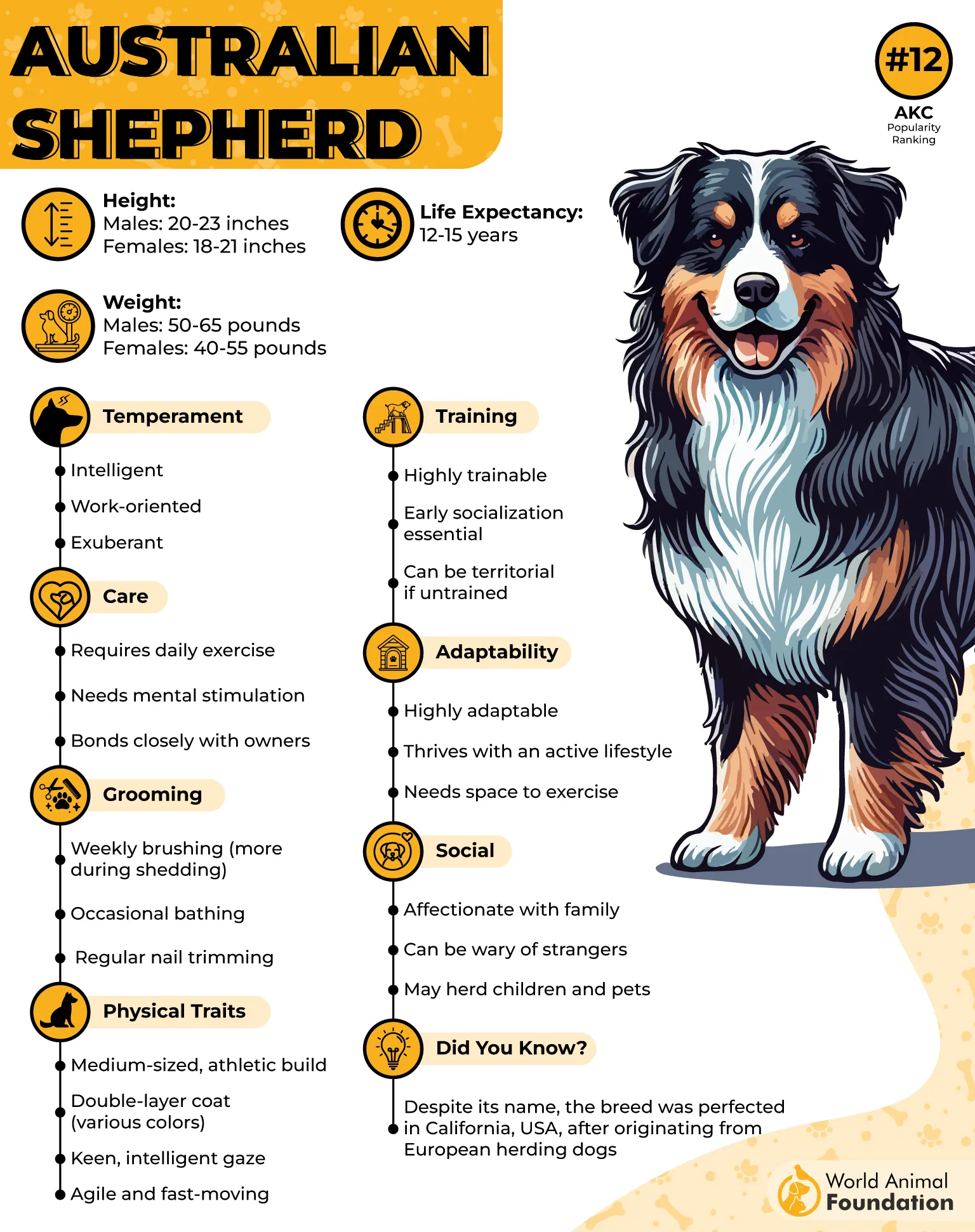
Thrives on Mental Engagement
Australian Shepherds rely on eye contact to stay mentally connected, especially when performing complex tasks. Their focus sharpens in interactive games or structured training sessions. That eye contact becomes a core part of their mental stimulation.
Known for One Rare Trait
In some Australian Shepherds, one or both eyes may be marbled or split in color — a genetic trait called heterochromia. This doesn’t affect their vision but makes their stare especially captivating, often making the bond through eye contact feel even stronger.
8. German Shepherd
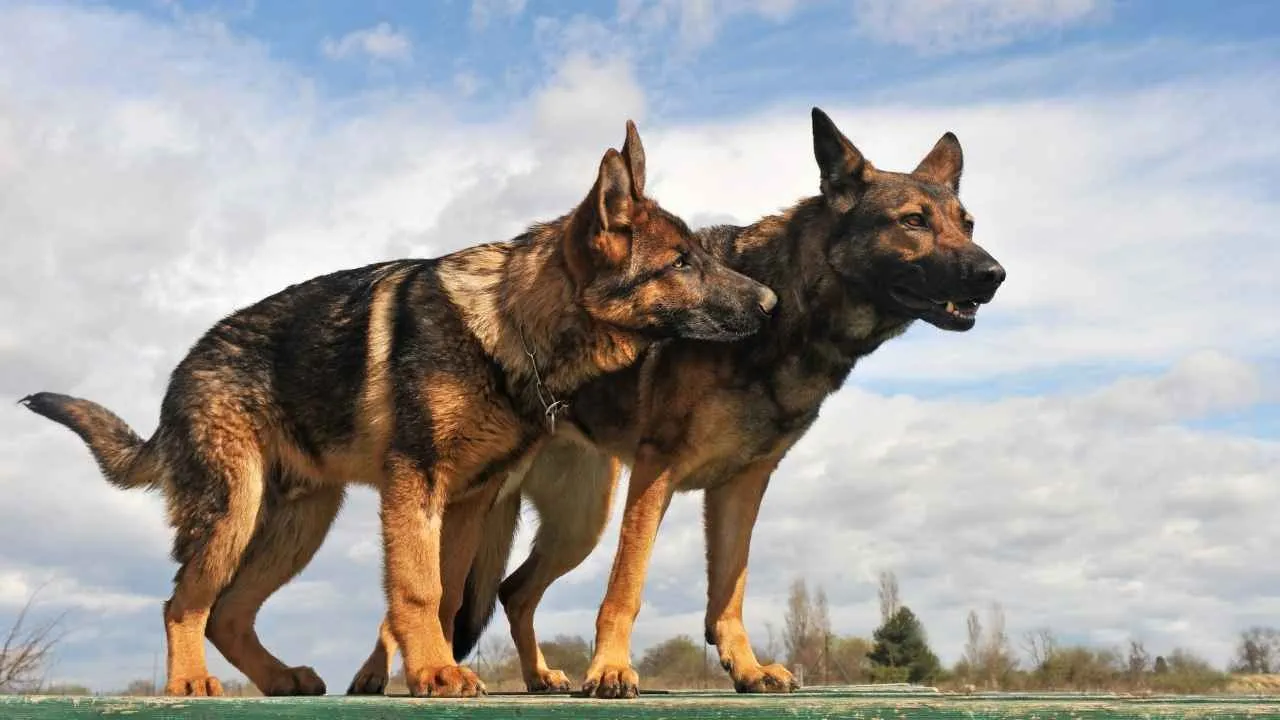
German Shepherds are known for locking eyes when given a command or during interaction. Their gaze isn’t fleeting — it’s often deliberate and sustained, especially when they’re awaiting input. This eye contact serves a purpose: it’s how they stay synced with their human.
Eager to Connect Through Visual Cues
They are naturally inclined to seek out eye contact during training and reading gestures as part of their working instinct. When they’re in sync with their handler, their eyes frequently follow the person’s face. This sharp attentiveness builds stronger communication.
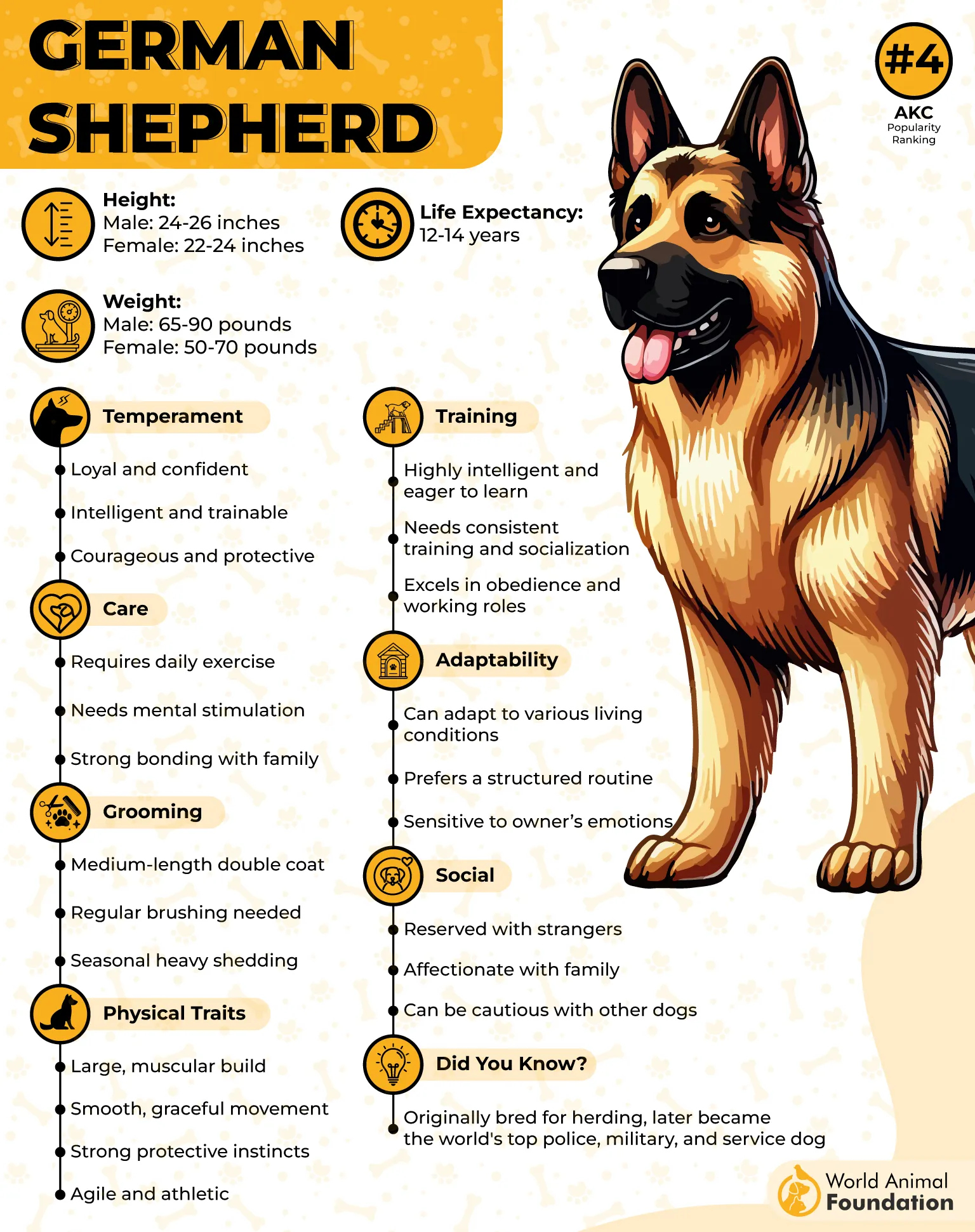
Controlled, Calm Presence Indoors
Despite being highly active outdoors, they shift into a calmer rhythm at home. During downtime, their eyes still track familiar faces across the room. This constant visual connection makes them reliable, even when they’re not actively working or training.
Strong Visual Bonding From Early Life
Puppies from this breed often begin responding to facial cues as early as eight weeks. This early development of visual connection is shaped through routine handling and eye-based guidance. It’s one of the reasons they adapt so well to structured households.
9. Shiba Inu
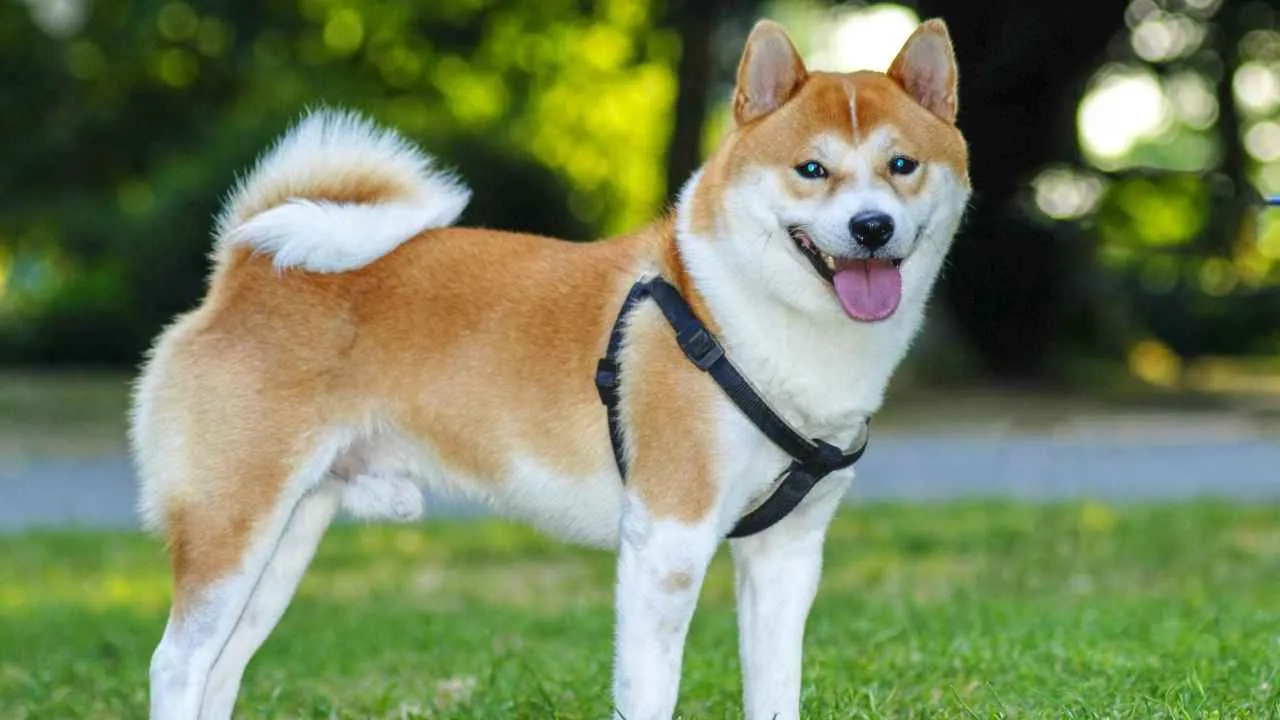
Shiba Inus are naturally alert and rely heavily on visual cues to understand their environment. Their ability to lock into a person’s face isn’t an obedience trait but a built-in attentiveness. They read emotions quietly, often holding a look longer than expected.
Independent but Visually Engaged
While not always physically clingy, they maintain strong visual communication with those they trust. In familiar spaces, they’ll pause mid-activity to check their human’s reaction. This makes their gaze less about seeking direction and more about mutual understanding.
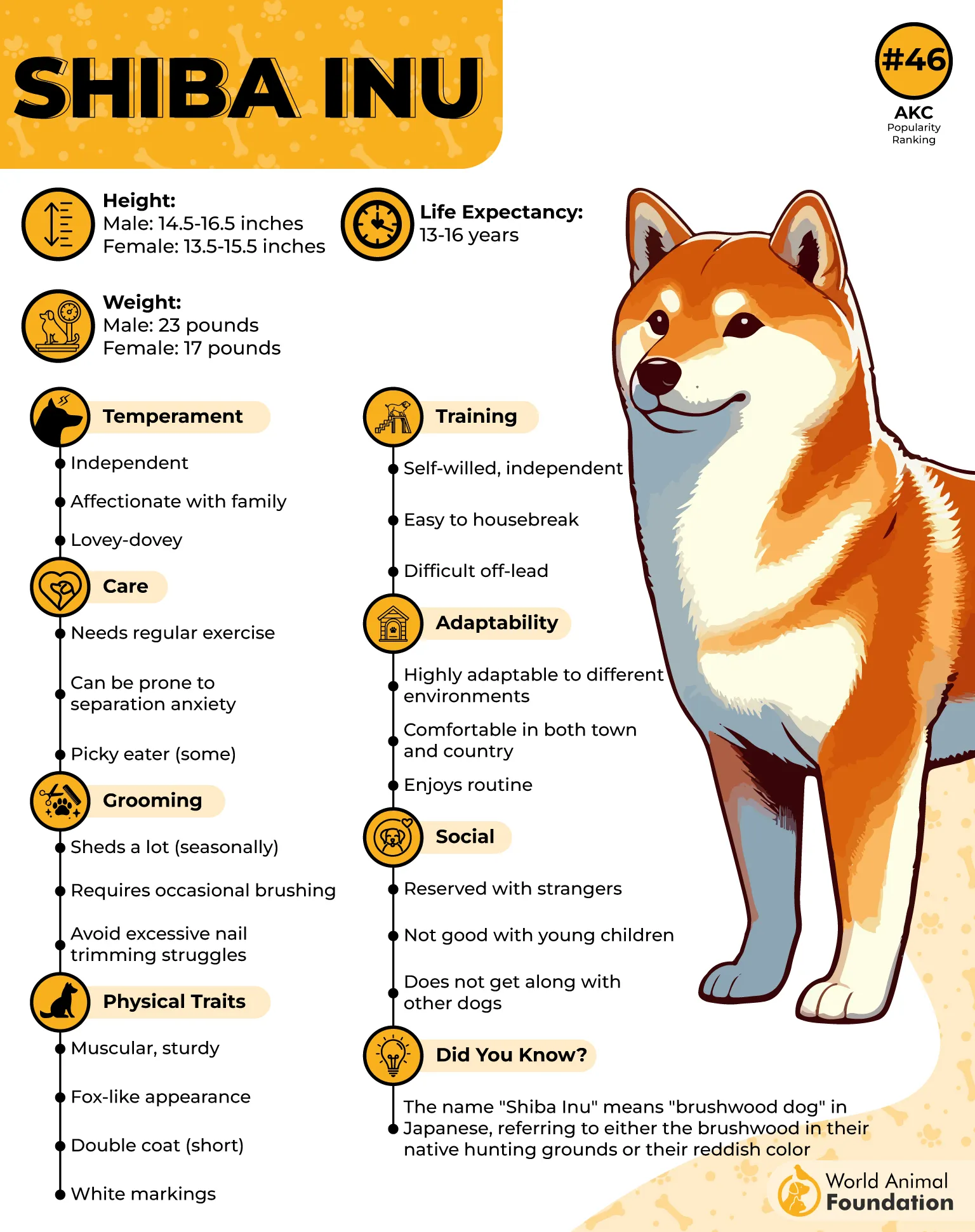
Communication Through Stillness
They often pause and assess situations by watching, not reacting. This habit creates prolonged eye moments that aren’t aggressive but analytical. The lack of tail-wagging doesn’t mean disinterest — it’s their way of silently syncing with people.
Facially Expressive and Intuitive
Their expressive eyes and upright ears work together to mirror focus and intent. Shibas don’t constantly seek touch, but they’re tuned in through stillness and facial awareness. Their eye contact is often steady, calm, and quietly intuitive.
Conclusion
Some dogs simply understand the power of a shared glance. While many playful dogs express themselves through action, these breeds connect through stillness. Whether it’s a quick check-in or a long, meaningful stare, their eye contact brings comfort and clarity.
Unlike other breeds that look away or stay distracted, these dogs focus on gestures, emotion, and especially the human face. It’s a quiet bond that often deepens with time, especially in older dogs.
Whether you’re training, resting, or just existing together, that silent gaze says more than barking ever could. If you’ve ever wanted a dog that truly sees you, these breeds are a beautiful place to start.


